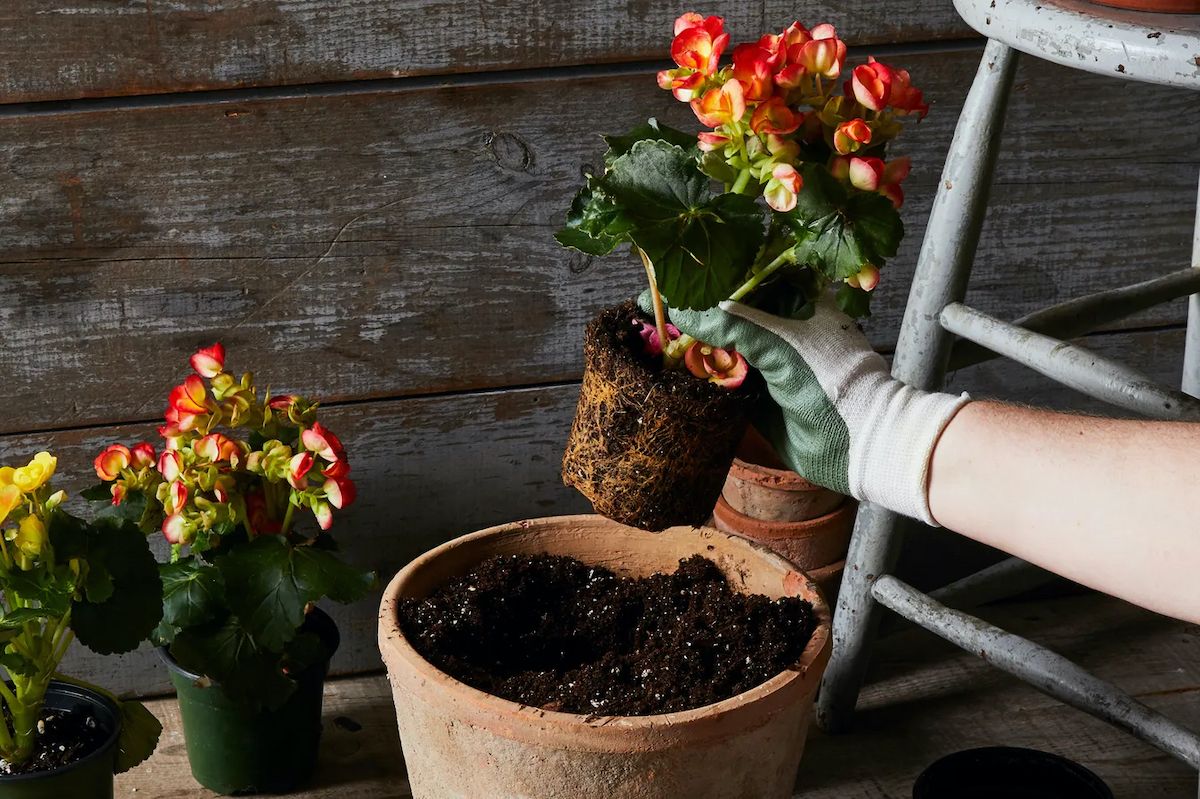A manicured yard with a picture-perfect lawn, mulched flower beds, and precision-trimmed shrubs and trees is a question of taste. For wildlife and native insects in search of food and shelter, however, it is anything but beneficial. Not removing fallen leaves below trees, especially oaks, supports numerous beneficial arthropods, fungi, and bacteria that are essential for decomposition. Dried dead flower stalks provide nesting space for insects, and not removing the seed heads of flowers, such as the coneflower Echinacea, provides birds with food.
When it comes to edibles, on the other hand — your vegetable garden, berries, melons, and other small fruit, as well as fruit trees — keeping everything neat and tidy is not merely just for looks, it's outright essential.
The most frequent gardening practice you read about is a thorough cleanup in the fall, but there are several other housekeeping tasks you can do all throughout the summer to increase your chances of a successful harvest.
* * *
Pruning — not just for ornamentals
If you've ever grown tomatoes, they were most likely indeterminate, which means they keep growing and growing. By mid-summer, even if you've staked, trellised, or used a tomato cage, they can get out of control. The denser the foliage, the less air circulation, which can precipitate the spread of disease when the plant gets wet, or in humid weather.
Pruning your tomatoes by snipping off the suckers (the side shoots between the main stem and a branch) helps you get a handle on the abundant growth, at least in the early summer. If you cannot keep up, which happens easily, and the tomato plant turns into an unruly mess, cut out entire vines to let more air in. You might sacrifice a few tomatoes but it's worth it because when a deadly disease like late blight makes the rounds in your area, good air movement can help prevent its spread.
Tomatoes are not the only vegetables that you should prune to prevent your garden from turning into a jungle. The vines of cucumbers, summer and especially winter squash can be kept under control by pruning, with the added benefit that the plant will put all its energy into growing a few healthy fruits instead of more vines. Wait until the plant has developed three to five tiny squashes. No worries if the first flush of flowers on the plant drops off, those are male flowers; only the female flowers produce fruit. If the vine has not fruited, snip off the fuzzy end. If the vine has fruit, snip it off about a foot or two past the fruit. Winter squash vines will continue to grow until the first frost, so you need prune regularly, about once a week.
* * *
Lift things up
Beans are not the only vegetables that you can grow vertically. Let your cucumber plants trail on a netted trellis or a fence instead of having the cucumbers sit directly on the wet soil, which can precipitate rotting, especially during a wet rainy summer. Protect heavy fruit such as melons or winter squash from soil moisture by placing them on a flat rock, brick, or an old, chipped dinner plate or bowl turned upside down.
Small melons such as French breakfast melons can be grown on a trellis. To prevent the weight from tearing on the vine, place each melon in a piece of pantyhose when it is about the size of a tennis ball size. Tie the pantyhose at the bottom to create a bag and attach the pantyhose to the trellis.
* * *
Get rid of the bad stuff
Approach garden waste the same way as household trash: to be disposed of promptly and regularly. Remove any pruned plant parts as well as inedible, rotten fruits and vegetables from your garden right away and compost them, as they attract noxious insects and rodents. Also pick up any fallen fruit around fruit trees.
One exception, though: If the plant or fruit is diseased, and after researching it you cannot figure out what it is, it is safer not to compost it and dispose of it in the trash. Many plant diseases such as the cucumber mosaic virus survive composting.
Don't skip any rotten or molded fruits or vegetable but pick every single one to prevent it from infecting intact ones. If you are squeamish about touching those, wear gloves.
* * *
Keep your tools clean and sharp
Just like in the kitchen, always keep your tools and pots clean to remove bacteria, fungi, and plant viruses. Disinfect pruners and planting pots and containers with a solution of one-part household bleach and ten-parts water. Also sharpen your pruners and keep them rust-free with a regular squirt of oil.
The recommendation to wipe your blades after each pruning cut may seem cumbersome but there's a compelling reason for it: when you prune out diseased plant parts, you can easily spread a disease to the next healthy plant.
* * *
Labeling is key
Plant labels are indispensable, especially when starting plants from seed because unless you are a highly experienced gardener or a botanist, it is quite difficult to identify young plants. I have learned this the hard way when I did not properly label seed pots and wasted precious space on the melon trellis when a cucumber was growing in the center.
Neatness is like record-keeping in gardening — it makes your life as a gardener much easier. Come harvest time, you'll see the results.


Shares